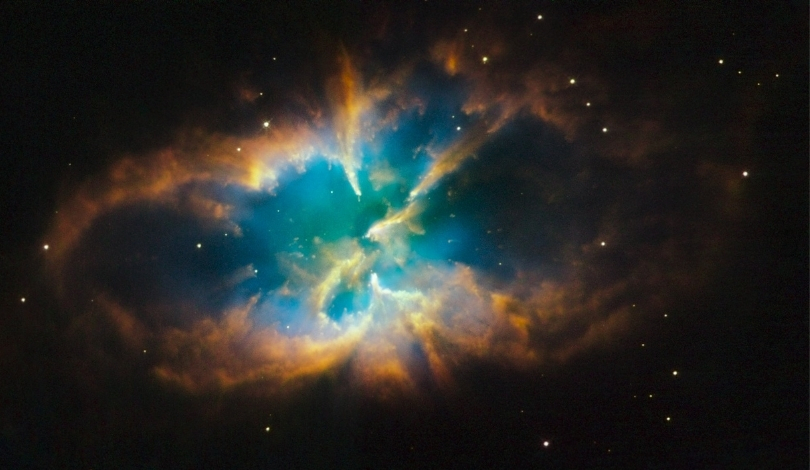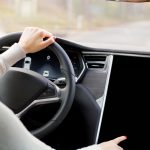Jupiter’s Great Red Spot (GRS), a storm observed since the 1600s, is showing signs of shrinking, puzzling researchers for decades. This massive storm, located in Jupiter’s southern hemisphere, generates winds exceeding 321 km/h and extends about 250 km beneath the planet‘s ammonia clouds. Recent findings suggest a reduction in smaller storms feeding the GRS may be the cause. These smaller storms play a crucial role in maintaining the size and intensity of the GRS.
Modeling Great Red Spot’s Dynamics
Earlier studies had already indicated the gradual reduction in the size of the GRS. Yale Ph.D. student Caleb Keaveney and his team ventured to understand if smaller storms that historically fed the GRS could influence its size. They ran 3D simulations using the Explicit Planetary Isentropic-Coordinate (EPIC) model to observe the storm’s behavior. Simulations that included smaller storms showed strengthening and growth of the GRS, whereas those without smaller storms showed shrinking.
“We found through numerical simulations that by feeding the Great Red Spot a diet of smaller storms, as has been known to occur on Jupiter, we could modulate its size,” Keaveney noted.
Comparisons with Earth Storms
Earth’s atmosphere also features long-lived high-pressure systems, similar to Jupiter’s GRS, often referred to as “heat domes” or “blocks.” These systems, interacting with transient weather events such as eddies and anticyclones, can lead to extended weather phenomena like heat waves. This comparison supports the hypothesis that similar interactions on Jupiter could sustain its GRS. Verifying this hypothesis on Jupiter helps further the understanding of atmospheric dynamics on Earth.
Alongside the GRS’s changing dimensions, its color also fluctuates. These color shifts indicate complex chemical reactions driven by solar radiation, influencing compounds such as ammonium hydrosulfide and acetylene, resulting in red-hued tholins. These variations impact the visibility and appearance of the GRS over time.
Space missions like Voyager, Galileo, Cassini, and Juno have provided invaluable data on Jupiter’s atmosphere, contributing significantly to understanding the changes in the GRS. These missions have recorded wind speeds, temperatures, and gas compositions, aiding in the creation of detailed models to predict the behavior of the GRS.
The steady reduction in Jupiter’s Great Red Spot is primarily linked to fewer smaller storms feeding it. As researchers continue to study this phenomenon, understanding the interactions within the planet’s atmosphere becomes crucial. Future space missions and advanced modeling techniques will further illuminate the intriguing dynamics of Jupiter’s most famous storm, offering insights applicable to atmospheric science on multiple planetary bodies.
- Jupiter’s Great Red Spot is shrinking due to fewer feeding storms.
- 3D simulations confirm smaller storms influence the storm’s size.
- Comparisons with Earth’s weather systems offer valuable insights.










